The manga of the new duo Suenaga-Moue, Akane-Banashi, does not stand out in the rankings, but has obtained compliments from the masters of the sector Eiichiro Oda and Hideaki Anno. Let’s discover strengths and weaknesses of this original title
Rakugo is one of many theatrical genres born in period Edo Japanese, characterized by the presence of a single actor who has to tell a story chosen from many predefined ones. It is essentially a comic monologue, where the actor’s talents stand out in the absence of supporting actors and stage elements.
As with Western theater, it is an art that is decaying in favor of more immediate and technological forms of entertainment. This is a fact well known to the characters of Akane-Banashiand certainly also to the duo of authors, the newcomers Yuki Suenaga e Takamasa Moue. Despite this, they have chosen to literally tell “the story of Akane”, a young woman determined to become a great rakugoka to avenge her father’s unjust expulsion from her profession.
Akane-Banashi is about to turn one year in Shueisha’s magazine Weekly Shonen Jump, with the first chapter published last February 13th. Despite this and at least one dedicated cover, it cannot be said that the manga is being noticed by the public, not appearing in the magazine’s online rankings. However, at least two artists have liked and recommended it: Eiichiro Oda (One Piece) e Hideaki Anno (Neon Genesis Evangelion), two such heavyweights. Why this discrepancy between the public and insiders?
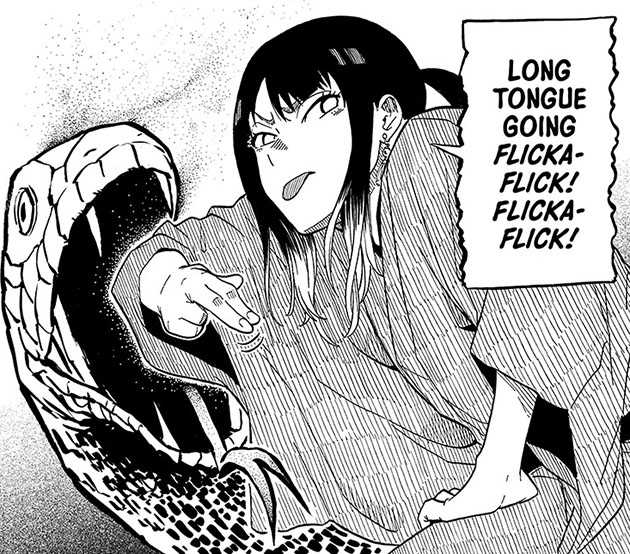
Akane-Banashi’s Revealed Valor
As is immediately evident from the incipit, narrating rakugo is a challenge in and of itself, at least for two reasons. The first is the obscurity of the subject, which only gets thicker as you go beyond national borders. The second is that it is a static activitywhich needs the intervention of the designer to achieve the dynamism that characterizes the shonen comic.
Akane-Banashi takes up this challenge, and, even if she doesn’t demonstrate it from the beginning, having reached the most recent chapters, the power and value of rakugo are clear to the reader, thanks to the great illustrations by Mouewhich brings the stories told to life.
But the manga’s real strength isn’t in its subject matter. Regular readers know that the subject is a means to tell the characters, and their story of commitment and redemption. This is where it comes into play Akane: the female protagonist with overwhelming energy, the true engine of the story.
Akane has a range of expressions that is rare in the world of manga; dowry required by the rakugo, here too Moue does a superb job of characterizing the young woman and revealing her rich personality through her non-verbal communication. Between expressions and gestures with the fan (the only one of two props allowed in rakugo), without a doubt, it is Akane who has captured the attention of the more experienced sensei.
Just in the most recent chapter, Akane is addressing the status of women in rakugo. As in so many other cases, for centuries they have been opposed and excluded from art, and only recently redeemed from their position. If you are looking for an original work with a protagonist of unique strengthgive Akane-Banashi a chance: like the audience of a rakugo show, you will be enraptured.






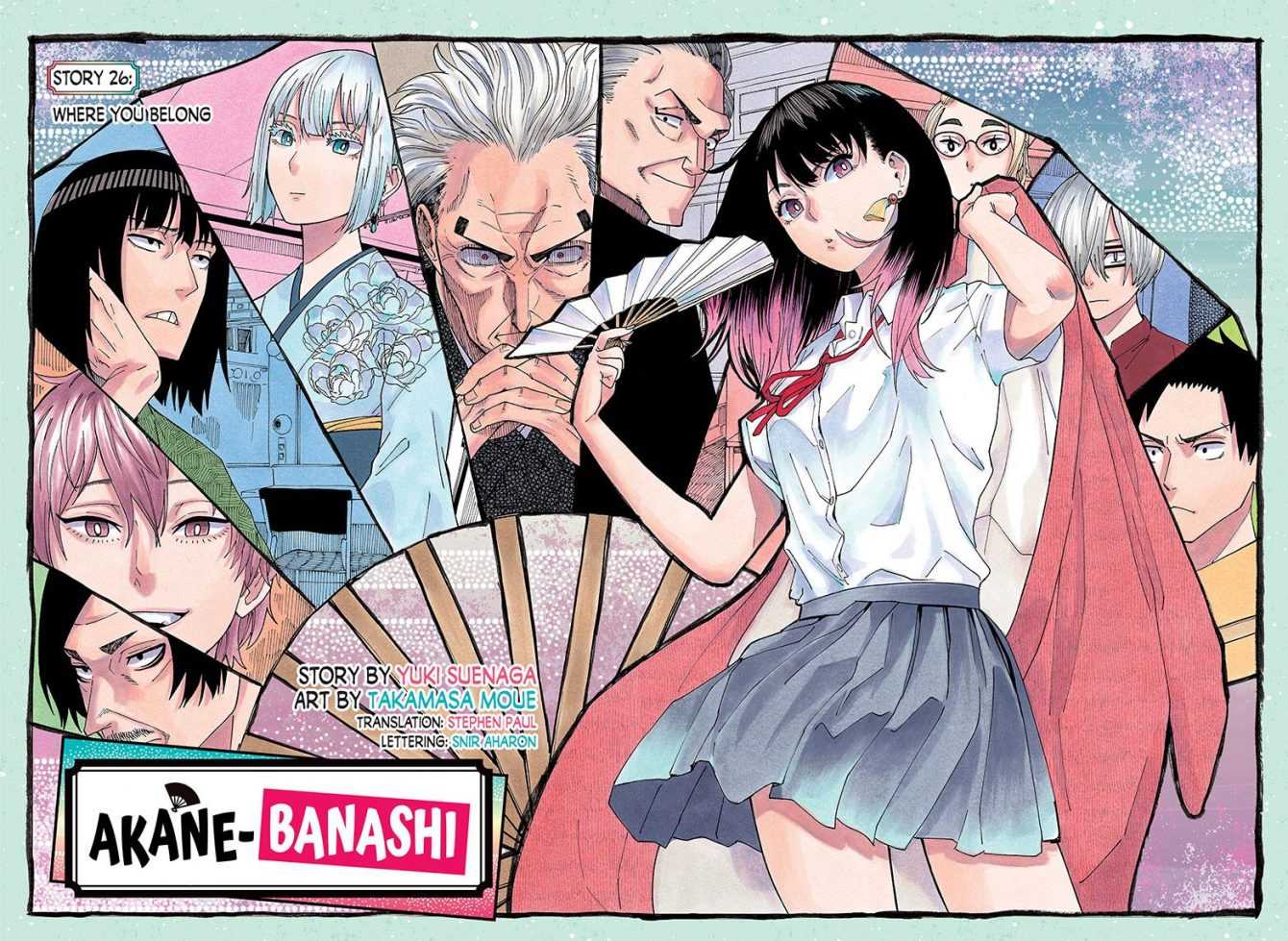





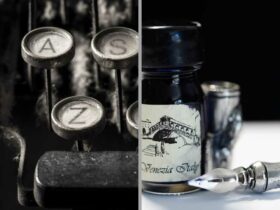
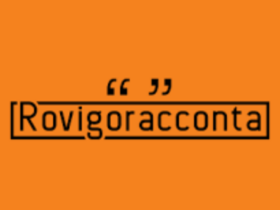
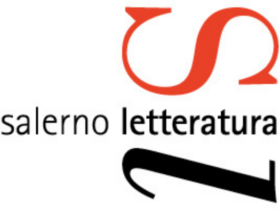
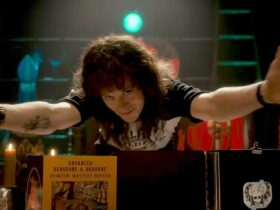
Leave a Reply
View Comments